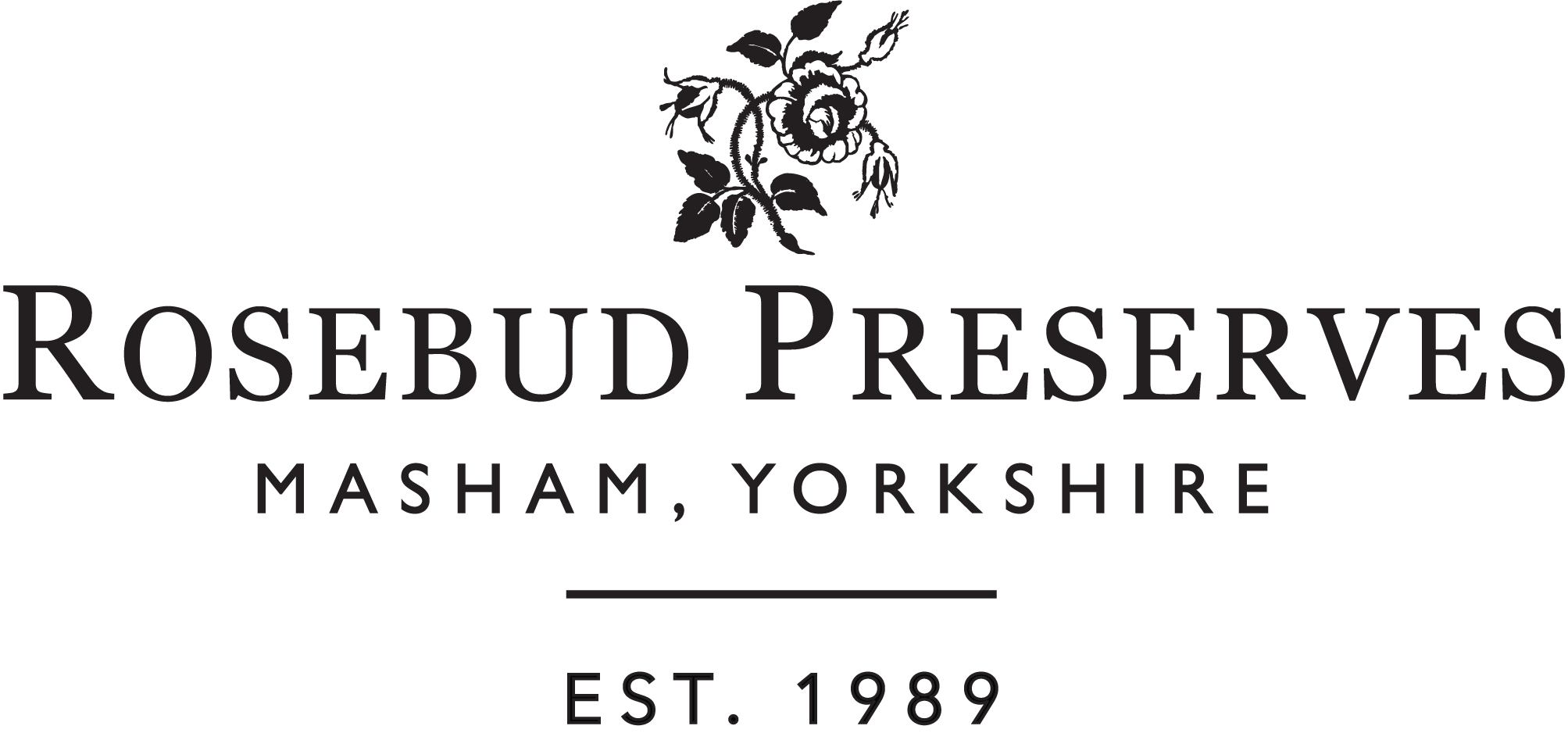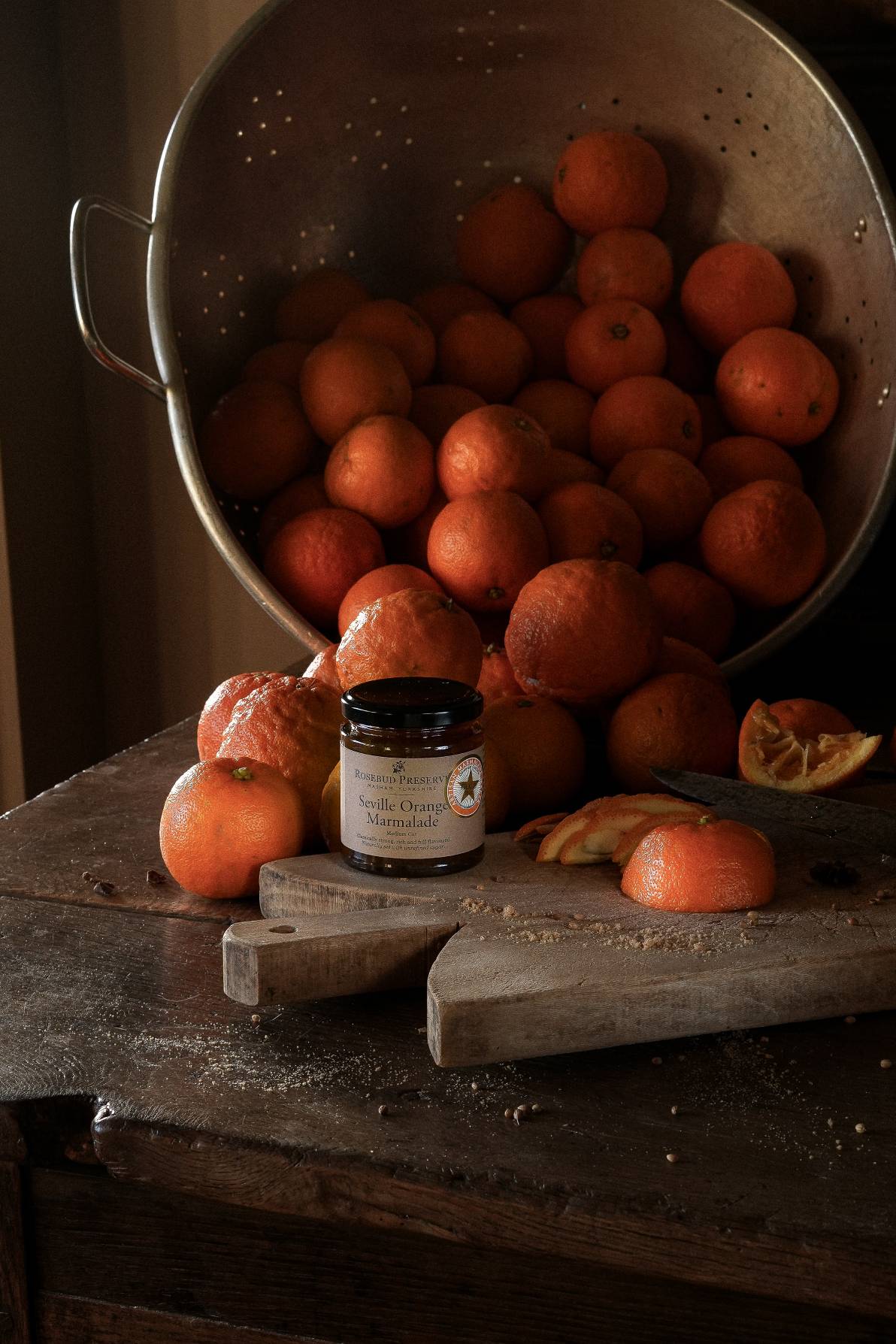The History of Rhubarb
Written by Elspeth Biltoft
Rhubarb and especially forced Rhubarb is a wonderful plant with a fascinating history. A native of Siberia and Western China, its roots had been dried and used as a purgative since ancient times. However in the 18th Century high prices and poor quality product encouraged Europeans to attempt growing it closer to home. But in so doing they made an interesting mistake – they chose the wrong variety of Rhubarb! Experiments soon revealed that although this Rhubarb made an unsuitable purgative, it was rather delicious to eat fresh, as long as it was cooked with lots of sugar.
The first recipes for cooked Rhubarb appeared in the early 1780’s, but as a dessert it was destined to wait another 100 years until Rhubarb growing and eating really took off. In greater part because sugar, its trusty companion, remained an expensive commodity until the end of the 19th Century.
The first cooking Rhubarb was grown by Joseph Myatt and sold commercially at Borough Market, South London in 1810.
Then in the winter of 1815 a happy accident took place – labourers working in Chelsea Physic Garden threw rubble and soil onto a bed of Rhubarb. The following spring when the debris was removed it revealed the long, pink stems of tender forced plants. These findings were reported in the Horticultural Society Journal and it wasn’t long before commercial growers were inspired by the idea.
By the 1880’s forcing had really captured the imagination of a number of growers in West Yorkshire, in an area between Wakefield, Leeds and Bradford now known as the ‘Rhubarb Triangle’.
Several factors combined to make this possible – heavy clay soils, an annual pattern of rainfall, suitable fertilizer, in particular ‘shoddy’ (waste woollen rags from the local textile industry) plus an abundant supply of cheap coal with which to heat the forcing sheds.
Importantly exposing the Rhubarb ‘crowns’ to the frosty weather of West Yorkshire Autumns, followed by 4-6 weeks in the complete darkness of the forcing sheds at a temperature of 26 dec C, induced the plants to produce long stems ranging from soft pink to smooth crimson. Now, as then, the sticks are harvested by candlelight which illuminates only the area being worked on at a given time and avoids photosynthesis turning them green and tough.
Today, although the number of growers is severely reduced since the mid 20th Century, forced Rhubarb is held in high esteem and valued for its beautiful colour, subtle flavour and palate cleansing mix of acidity and sweetness.
In February 2010 Yorkshire Forced Rhubarb was granted Protected Designation of Origin (PDO) status by the European Commission – joining the ranks of Champagne and Parma Ham on a list of Europe’s specially protected foods.
In the same month Wakefield holds an annual Food, Drink and Rhubarb Festival and the Royal Horticultural Society gardens at Harrogate house a permanent national Rhubarb collection.
Rhubarb Jam
We have bought our Rhubarb for over 20 years from David Westwood. David’s children Jonathan and Sarah are the sixth generation of Yorkshire Rhubarb growers in ‘the triangle’.
Forced and field Rhubarbs make wonderful jams, especially paired with ginger or dessert orange.
The secret is quality and simplicity of ingredients. Generous amounts of Rhubarb, especially the variety Timperley Early, not too much unrefined sugar, a little fresh lemon juice and the warm hit of oriental ginger or brightness of citrus.
Soft natural sets guarantee lovely fresh/fruity rather than an overly sweet flavour and vibrant colour is the order of the day in the case of forced Rhubarb.
Shop the related products:


